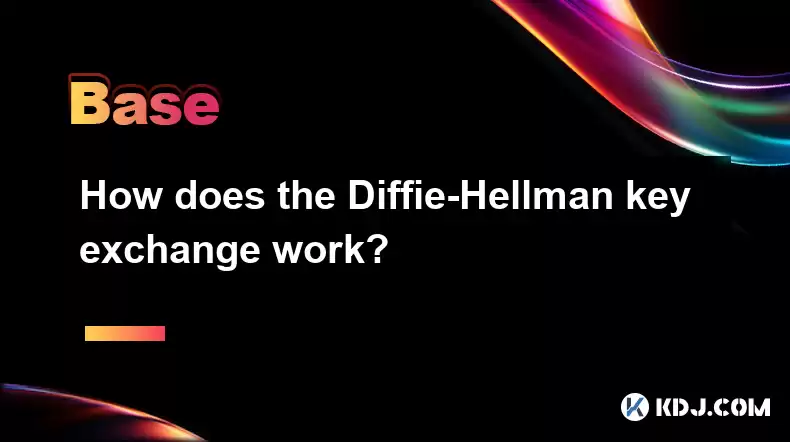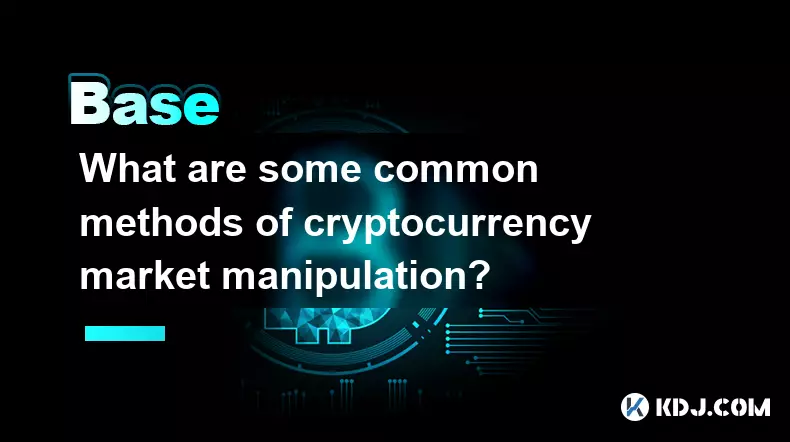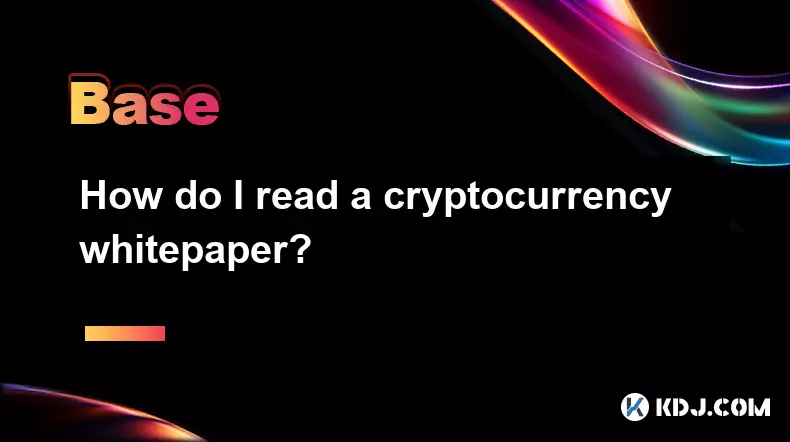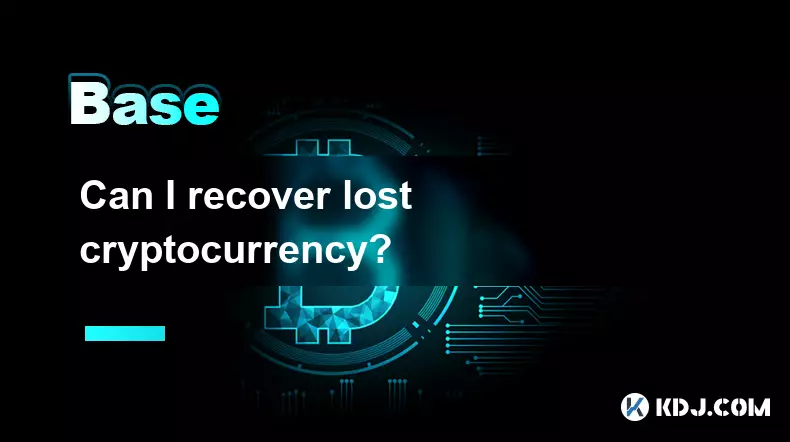-
 bitcoin
bitcoin $118548.520763 USD
3.67% -
 ethereum
ethereum $4352.564943 USD
4.79% -
 xrp
xrp $2.964058 USD
4.22% -
 tether
tether $1.000565 USD
0.05% -
 bnb
bnb $1028.372955 USD
1.46% -
 solana
solana $221.373507 USD
6.00% -
 usd-coin
usd-coin $0.999933 USD
0.02% -
 dogecoin
dogecoin $0.248633 USD
6.85% -
 tron
tron $0.341444 USD
2.38% -
 cardano
cardano $0.852946 USD
5.82% -
 hyperliquid
hyperliquid $47.869306 USD
6.15% -
 chainlink
chainlink $22.561476 USD
6.01% -
 ethena-usde
ethena-usde $1.001258 USD
0.05% -
 avalanche
avalanche $30.660000 USD
2.06% -
 stellar
stellar $0.400917 USD
9.76%
How does the Diffie-Hellman key exchange work?
Diffie-Hellman securely establishes a shared secret key over insecure channels using modular arithmetic, relying on the difficulty of computing discrete logarithms. Public keys are exchanged, but private keys remain confidential, enabling secure symmetric encryption.
Mar 17, 2025 at 09:10 am

- The Diffie-Hellman key exchange allows two parties to establish a shared secret key over an insecure channel.
- It relies on the mathematical properties of modular arithmetic and discrete logarithms.
- The security depends on the difficulty of computing discrete logarithms for specific groups.
- The process involves public and private keys, but doesn't directly transmit private keys.
- Variations and implementations exist to enhance security and efficiency.
The Diffie-Hellman key exchange (DHKE) is a revolutionary cryptographic protocol enabling two parties to establish a shared secret key over an insecure channel, even if eavesdroppers intercept their communication. This shared secret can then be used for symmetric encryption, ensuring secure communication. The magic lies in the interplay of public and private keys, without ever explicitly transmitting the private keys.
The foundation of DHKE is a mathematical problem: the discrete logarithm problem. It's computationally difficult to find the exponent 'x' in the equation y ≡ gx (mod p), where 'g' is the generator, 'p' is a large prime number, and 'y' is the result. The larger 'p' is, the harder this problem becomes.
Let's break down the process step-by-step:
- Agreement on Public Parameters: Alice and Bob first agree on a large prime number 'p' and a generator 'g' (a number less than 'p' with specific properties). These are public values, known to everyone, including potential eavesdroppers.
- Private Key Generation: Alice chooses a secret random integer 'a' (her private key). Bob similarly chooses a secret random integer 'b' (his private key). These are kept strictly confidential.
- Public Key Calculation: Alice calculates her public key A = ga (mod p) and sends it to Bob. Bob calculates his public key B = gb (mod p) and sends it to Alice. Note: Only the public keys are exchanged.
- Shared Secret Calculation: Alice receives Bob's public key B. She then calculates the shared secret S = Ba (mod p). Bob receives Alice's public key A. He then calculates the shared secret S = Ab (mod p). Remarkably, even though they used different calculations, both arrive at the same shared secret S.
- Symmetric Encryption: Alice and Bob now possess the same secret S, which they can use as a key for a symmetric encryption algorithm like AES to encrypt their subsequent communication. An eavesdropper, even having intercepted A, B, g, and p, cannot easily compute S due to the difficulty of the discrete logarithm problem.
While the basic DHKE is robust, several enhancements exist to address potential vulnerabilities.
- Elliptic Curve Diffie-Hellman (ECDH): This variation utilizes elliptic curve cryptography, offering comparable security with smaller key sizes, improving efficiency.
- Diffie-Hellman with Ephemeral Keys (DHE): This enhances forward secrecy, meaning compromise of long-term keys doesn't compromise past communications. New keys are generated for each session.
The security of DHKE fundamentally relies on the difficulty of solving the discrete logarithm problem. The choice of 'p' and 'g' is crucial. Weakly chosen parameters can significantly weaken security. It's vital to use parameters generated by trusted sources and adhere to established standards. Furthermore, man-in-the-middle attacks are a potential threat. Therefore, authentication mechanisms are often used in conjunction with DHKE to ensure the identity of the communicating parties. Implementations must also protect against various side-channel attacks that might reveal information about private keys through timing or power consumption analysis.
Common Questions:Q: What is the role of the prime number 'p' in the Diffie-Hellman key exchange?A: The prime number 'p' defines the finite field within which the calculations are performed. Its size directly influences the computational difficulty of solving the discrete logarithm problem, which is crucial for the security of the exchange. Larger primes make it exponentially harder to crack.
Q: How does Diffie-Hellman provide security against eavesdropping?A: The security stems from the difficulty of the discrete logarithm problem. While an eavesdropper can observe the exchanged public keys (A and B), calculating the shared secret S from these requires solving the discrete logarithm problem, a computationally infeasible task for sufficiently large prime numbers.
Q: What is the difference between Diffie-Hellman and Elliptic Curve Diffie-Hellman?A: Both achieve the same goal – establishing a shared secret key. However, ECDH uses elliptic curve cryptography, requiring smaller key sizes to achieve the same level of security as standard Diffie-Hellman, leading to improved efficiency and performance, especially in resource-constrained environments.
Q: Why is authentication important when using Diffie-Hellman?A: While Diffie-Hellman secures the shared secret, it doesn't inherently verify the identities of the communicating parties. A man-in-the-middle attacker could intercept the public keys, establish separate shared secrets with each party, and relay messages between them undetected. Authentication mechanisms are necessary to prevent this.
Q: What are some practical applications of Diffie-Hellman?A: Diffie-Hellman forms the basis of many secure communication protocols. It is a crucial component of SSL/TLS (used for secure web browsing), SSH (secure shell), and VPNs (virtual private networks), among other applications that require secure key exchange over an insecure network.
Disclaimer:info@kdj.com
The information provided is not trading advice. kdj.com does not assume any responsibility for any investments made based on the information provided in this article. Cryptocurrencies are highly volatile and it is highly recommended that you invest with caution after thorough research!
If you believe that the content used on this website infringes your copyright, please contact us immediately (info@kdj.com) and we will delete it promptly.
- BlockDAG, DOGE, HYPE Sponsorship: Crypto Trends Shaping 2025
- 2025-10-01 00:25:13
- Deutsche Börse and Circle: A StableCoin Adoption Powerhouse in Europe
- 2025-10-01 00:25:13
- BlockDAG's Presale Buzz: Is It the Crypto to Watch in October 2025?
- 2025-10-01 00:30:13
- Bitcoin, Crypto, and IQ: When Genius Meets Digital Gold?
- 2025-10-01 00:30:13
- Stablecoins, American Innovation, and Wallet Tokens: The Next Frontier
- 2025-10-01 00:35:12
- NBU, Coins, and Crypto in Ukraine: A New Yorker's Take
- 2025-10-01 00:45:14
Related knowledge

How does cryptocurrency achieve decentralization?
Sep 30,2025 at 04:37am
Understanding the Foundation of Decentralization in Cryptocurrency1. Cryptocurrency achieves decentralization primarily through the use of blockchain ...

What are some common methods of cryptocurrency market manipulation?
Sep 27,2025 at 02:55am
Wash Trading and Its Impact on Market Perception1. Wash trading involves an individual or entity simultaneously buying and selling the same cryptocurr...

How do I read a cryptocurrency whitepaper?
Sep 27,2025 at 05:54am
Understanding the Structure of a Cryptocurrency Whitepaper1. Begin by identifying the executive summary, which outlines the project’s core vision and ...

Can I recover lost cryptocurrency?
Sep 25,2025 at 08:18am
Understanding the Nature of Cryptocurrency Loss1. Cryptocurrency operates on decentralized networks, meaning there is no central authority to reverse ...

How do I choose a cryptocurrency investment strategy?
Sep 27,2025 at 03:55pm
Understanding Risk Tolerance in Crypto Investing1. Assessing personal risk tolerance is a foundational step when entering the cryptocurrency market. V...

How can I earn passive income from cryptocurrency?
Sep 23,2025 at 10:18am
Staking Cryptocurrencies for Regular Returns1. Many blockchain networks operate on a proof-of-stake (PoS) consensus mechanism, allowing users to earn ...

How does cryptocurrency achieve decentralization?
Sep 30,2025 at 04:37am
Understanding the Foundation of Decentralization in Cryptocurrency1. Cryptocurrency achieves decentralization primarily through the use of blockchain ...

What are some common methods of cryptocurrency market manipulation?
Sep 27,2025 at 02:55am
Wash Trading and Its Impact on Market Perception1. Wash trading involves an individual or entity simultaneously buying and selling the same cryptocurr...

How do I read a cryptocurrency whitepaper?
Sep 27,2025 at 05:54am
Understanding the Structure of a Cryptocurrency Whitepaper1. Begin by identifying the executive summary, which outlines the project’s core vision and ...

Can I recover lost cryptocurrency?
Sep 25,2025 at 08:18am
Understanding the Nature of Cryptocurrency Loss1. Cryptocurrency operates on decentralized networks, meaning there is no central authority to reverse ...

How do I choose a cryptocurrency investment strategy?
Sep 27,2025 at 03:55pm
Understanding Risk Tolerance in Crypto Investing1. Assessing personal risk tolerance is a foundational step when entering the cryptocurrency market. V...

How can I earn passive income from cryptocurrency?
Sep 23,2025 at 10:18am
Staking Cryptocurrencies for Regular Returns1. Many blockchain networks operate on a proof-of-stake (PoS) consensus mechanism, allowing users to earn ...
See all articles










































































